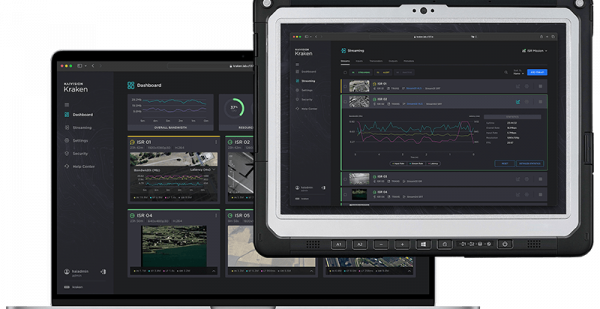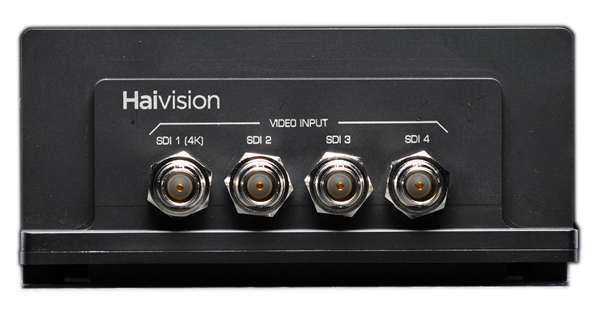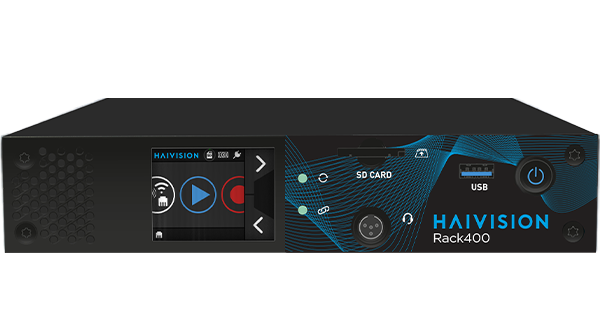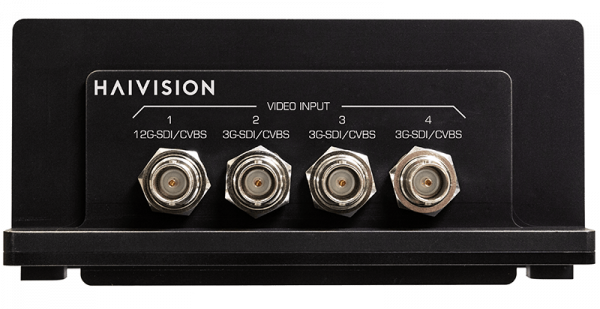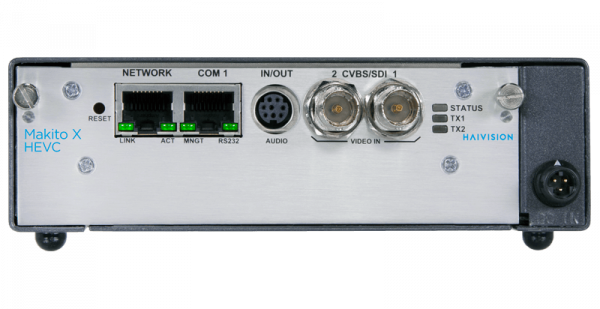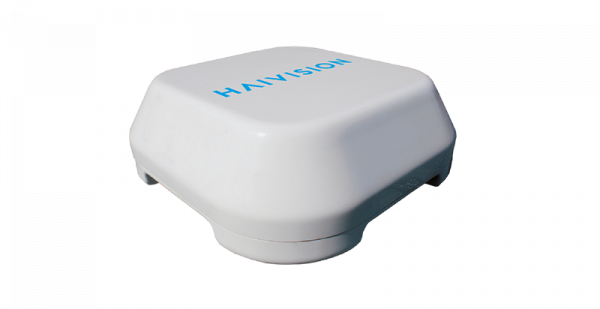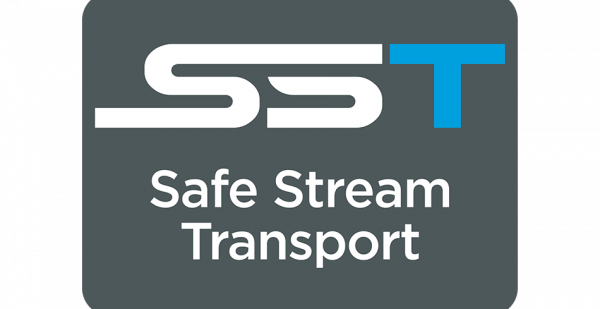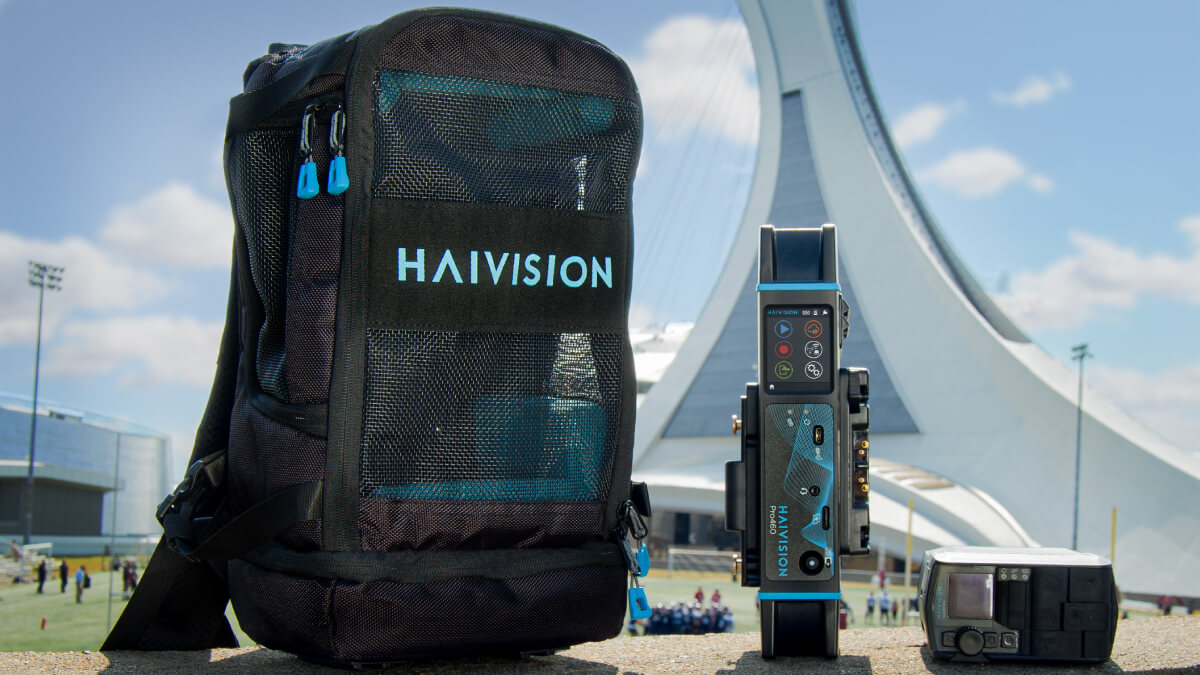When it comes to mobile video transmission, choosing the right equipment is crucial for ensuring seamless and high-quality live broadcasts. For sports, entertainment events, and breaking news, areas with limited connectivity can lead to unstable network connections and disruption during live video contribution workflows. To overcome these challenges, broadcast professionals can leverage mobile video transmitters and cellular connectivity in environments with no internet connectivity and limited or costly satellite links.
In this post we’ll look at what a mobile video transmitter is and reveal some of the most important things you need to keep in mind when looking for the right device for your use case.
What is a Mobile Video Transmitter?
Mobile video transmitters, sometimes called field transmission units or bonded cellular encoders, are devices that enable broadcast video to be transmitted over cellular networks like 4G or 5G. By leveraging cellular modems in unstable network areas, mobile video transmitters can encode and deliver broadcast-grade video to live production studios at low latency even in the most demanding environments. Bonded cellular networks also aggregate multiple simultaneous cellular connections for extra bandwidth and reliability.
Mobile encoders simplify and increase transmission capacities through cellular connectivity across multiple networks simultaneously. This enables broadcasters covering sports and entertainment to rely on mobile video transmitters like the Haivision Pro and Air to deliver remote, multi-camera coverage for live broadcasts. They are also the ideal technology for news gathering workflows where broadcasters need to always be prepared for breaking stories with a portable and reliable video solution that can be easily used to go live on air from any location.
Here are a few key things to consider when choosing the right mobile video transmitter.
Ease of Use
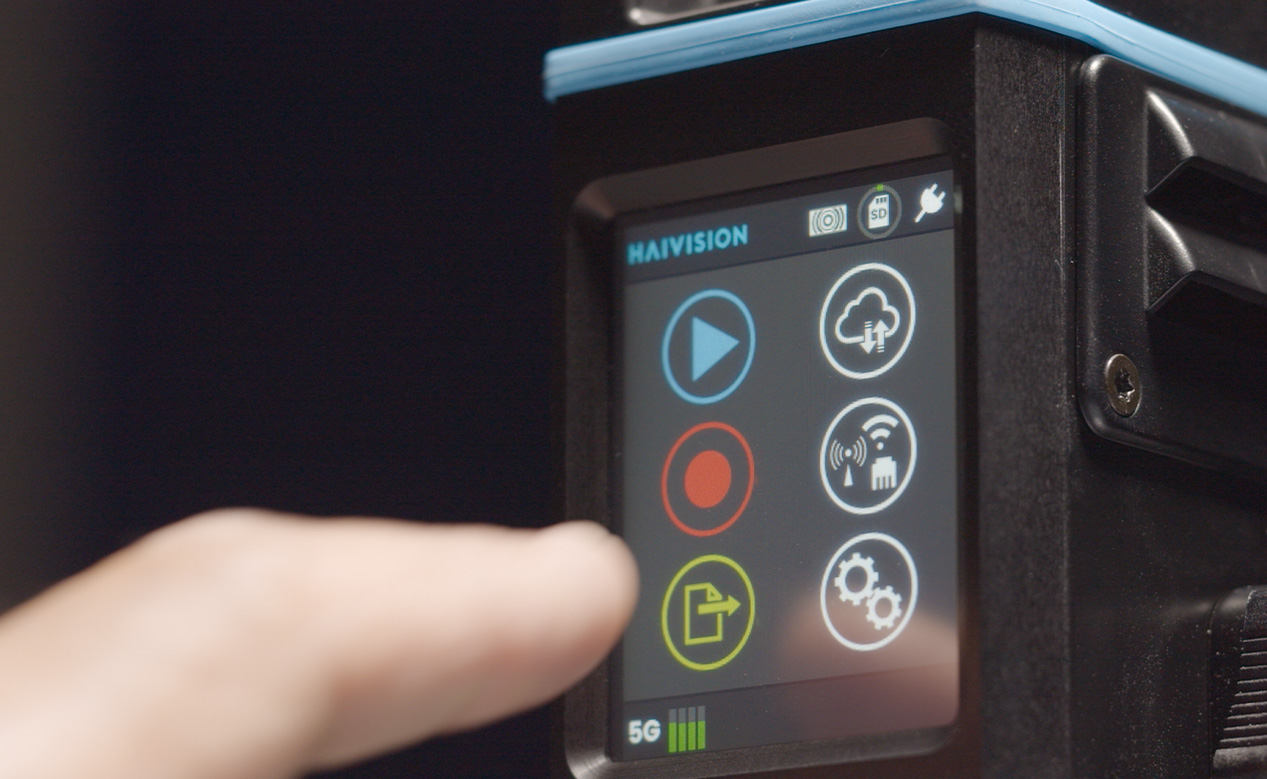
Ease of use should be near the top of your checklist. Finding a device with a simple easy-to-use touchscreen, minimal button configuration, an intuitive UI interface, and even control from the facility is a big plus for both the camera operator in the field and for the team in the studio.
A mobile transmitter that doesn’t require an extensive amount of training for a broadcast engineer to learn and that can also get started with a just few simple taps of the touchscreen can save you time, resources, and costs.
Reliability
Your video transmitter needs to be able to deal with the possibility of an unreliable connection or a congested network that could lead to poor coverage, especially in crowded areas like a during sporting event. Cellular bonding allows for high-quality video to be delivered over a combination of network types (3G, 4G, 5G, WiFi, and Ethernet) and network providers which increases stream reliability and bandwidth availability, making it an essential feature. You should also consider how many modems your mobile transmitter has – the Haivision Pro40 features six modems in addition to WiFi and Ethernet connections which increases the reliability of the transmission and makes sure you have enough bandwidth.
Another factor to consider is the IP technology you use for transporting live video. For reliable and broadcast-grade video transmission over 3G, 4G, and 5G cellular, the two-time Emmy® award-winning SST (Safe Stream Transport) protocol securely aggregates multiple network connections in real-time while dynamically adapting video bitrates to meet bandwidth fluctuations, making it ideal for broadcast professionals powered by mobile video transmitters. SST also establishes a bi-directional link between the field and the broadcast studio enabling video returns, two-way intercom or IFB audio links, and DataBridge for remotely controlling IP connected devices such as cameras and tally lights.
See Haivision's mobile video transmitters in action at the TCS New York City Marathon
Cellular Frequency
Some mobile video transmitters, such as the Haivision Pro series, can fine-tune their modems to select specific cellular frequencies offer a big advantage by being adaptable to available networks, making them usable virtually anywhere including in crowded areas. Being able to fine-tune a modem also allows it to be used over dedicate private or non-public (NPN) 5G networks.
Also, some countries and communication service providers (CSPs) operate in specific frequencies, so leveraging a transmitter that supports international bands is essential when transmitting from outside your home country to prevent any potential connectivity problems.
Latency
Overall latency can be the difference between a smooth live broadcast and a broken one. Latency can cause obstruction during live interviews and any significant delay can interrupt the entire flow of your broadcast.
Look for a mobile encoder that prioritizes low latency performance over a bonded cellular connection and pay attention to a transmitter and its receiver’s glass-to-glass latency, as it can greatly affect how your broadcasts flow. For live broadcasts, video transmission over bonded cellular and 5G can offer the benefit of broadcast-quality video at sub-second latency (as low as 80ms glass-to-glass with the Haivision Pro 460).
Security
Security should always be top of mind when it comes to transporting valuable content over a network so look for a mobile transmitter that can protect your video stream from potential vulnerabilities. Choose a mobile transmitter that provides AES-256 encryption, largely regarded as “unbreakable”, to help prevent any attempted attack on your content.
Portability and Flexibility
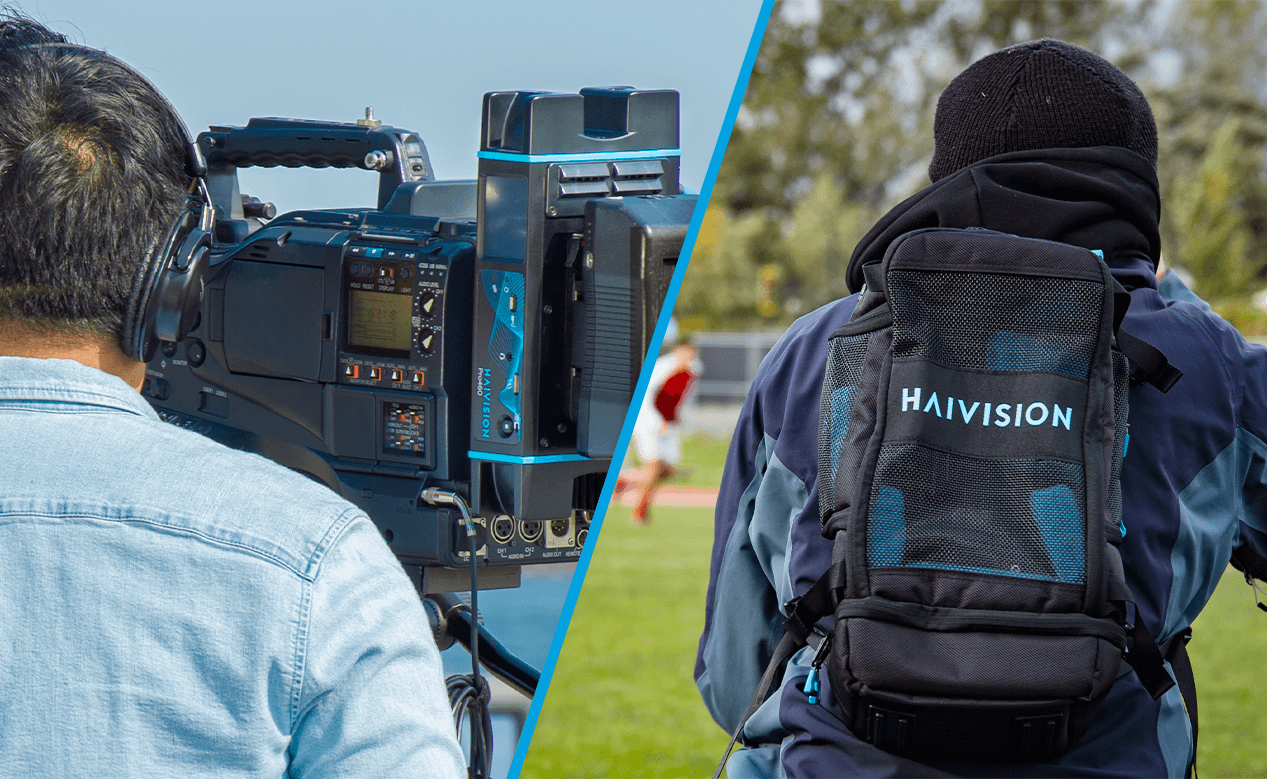
For broadcast teams set up in locations where the camera is fixed in a single place with an internet connection, then a video encoder like the Haivision Makito X4 leveraging the SRT (Secure Reliable Transport) protocol is a great solution. However, if cameras are required to be mobile or there is no access to the internet, a portable mobile video transmitter is required.
One of the biggest advantages of using mobile video transmitters is the ability to transmit live video from anywhere in the world. Make sure to choose a unit which offers flexible deployment options such as in a backpack or mounted on a vehicle or even a drone, for environments and on-the-go situations that require flexibility such as for breaking news or capturing dynamic multi-camera footage during sporting and entertainment events.
This versatility also extends to connectivity, as having a transmitter that can function as a mobile hotspot for internet access is a big plus. This allows you to connect other devices, like mobile phones, to the internet, as well as transfer files.
Haivision Mobile Video Transmitters
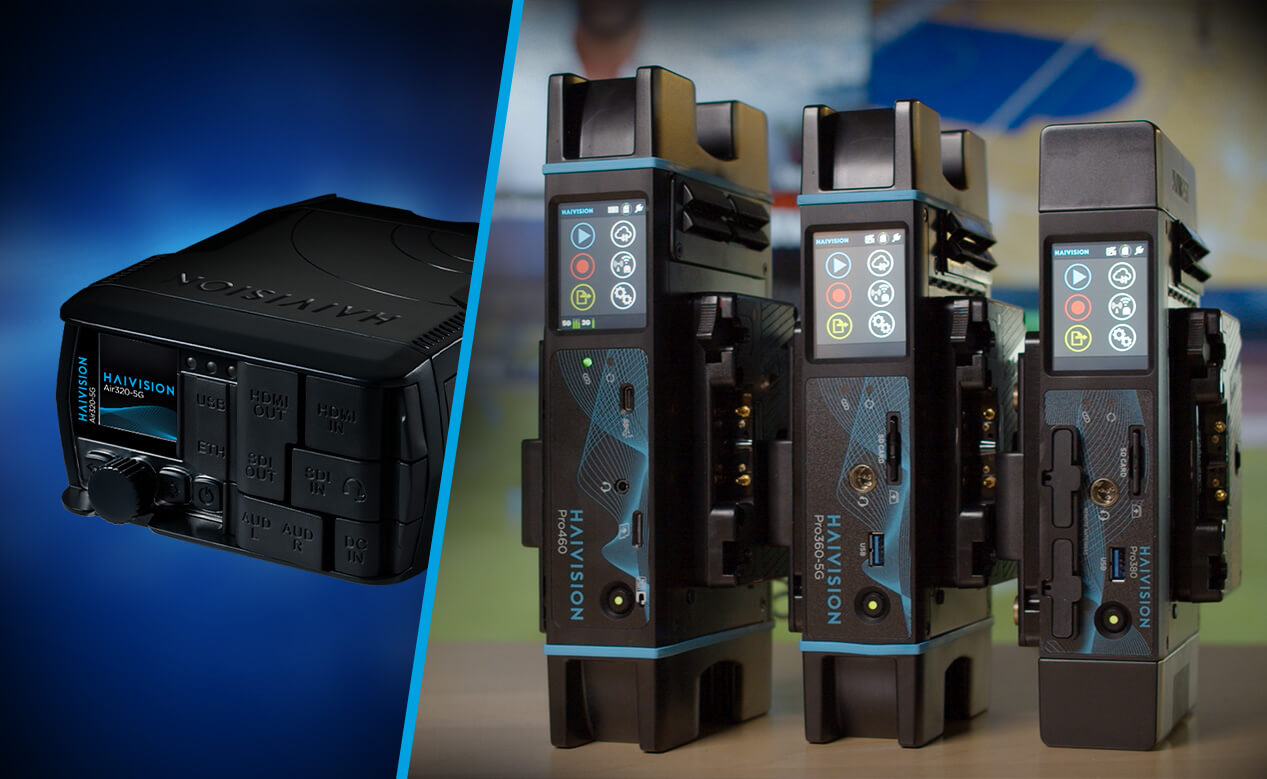
Haivision mobile video transmitters are designed for reliable, low latency live video contribution over bonded cellular and IP networks from anywhere making them ideal for sports broadcasting, live event production, and newsgathering. They offer a robust set of features including easy video returns and intercom, the ability to turn your unit into an IP data bridge to connect to PTZ cameras while live on-air, and more.
The Haivision Air offers the latest generation cellular connectivity and all the features you’d expect in a mobile video transmitter but in a lightweight and compact enclosure for ultra-portability along with a long-lasting, rechargeable battery.
The Haivision Pro is the groundbreaking and versatile mobile transmitter series that comes in a variety of models including the popular Pro360-5G, which can encode a live HD video source to H.264 or HEVC for transmission over 3G, 4G, and 5G networks as well as over WiFi and Ethernet.
For broadcasters looking for the latest generation mobile transmitter, the Haivision Pro460 can encode and transmit a live 4K UHD source or four simultaneous HD sources, including in HDR. To learn more about the Haivision Pro460’s key features, read this post.








